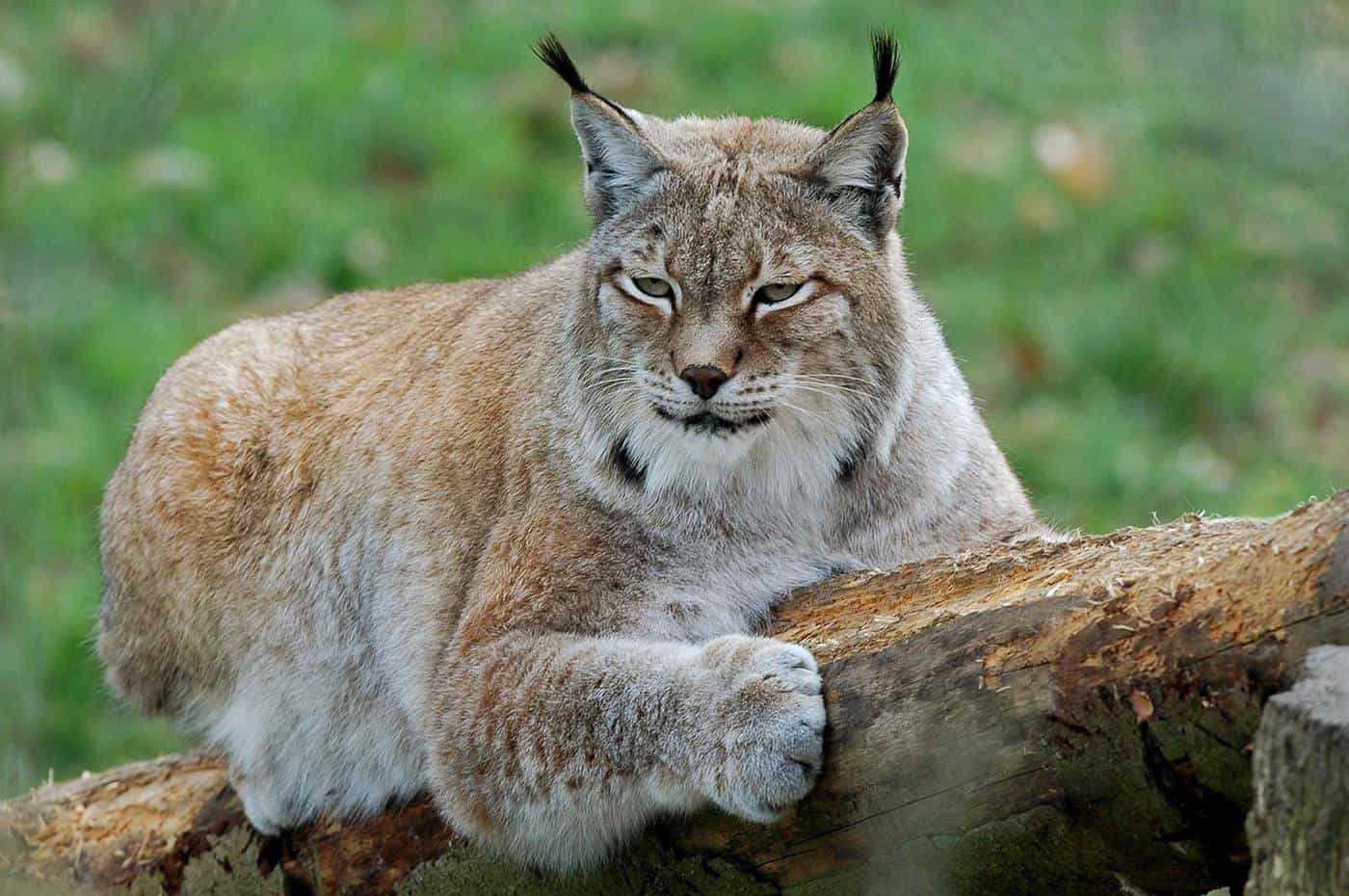The Canada Lynx is a majestic feline that can be found in higher regions of British Columbia. It has a fierce appearance, with ear tufts that bristle and yellow-green eyes that narrow while it sniffs the air, ready to ambush its prey. During winter, the lynx’s grey fur helps it blend into its surroundings, while its big paws act like snowshoes, giving it an advantage over other predators. In summer, its fur turns into a mottled blend of grey and brown. Although often mistaken for a bobcat, the Canada Lynx can be distinguished by its unique features such as the long black ear tufts, sloped spine from long back legs, flared facial ruff, short tail, and taller stature. The Canada Lynx proudly sits on a boulder, announcing its top position in the food chain.

It’s fascinating to discover that Canada Lynx use their ear tufts in a similar way to their whiskers. These sensitive tufts can detect changes in the wind and locate structures above their head. However, spotting these elusive animals in their natural habitat is quite rare, just like their bobcat and mountain lion counterparts. These nocturnal hunters rely on their exceptional sight and hearing to ambush their prey rather than chase them. They mainly feed on snowshoe hares, but also consume other animals like squirrels, foxes, voles, mice, carrion, and sometimes deer. However, they must catch fifty voles to match the calories of one hare, which can burn up their energy. Sadly, the decrease in snowshoe hare population, unsustainable trapping, and extensive logging pose significant threats to their survival. The Canada Lynx’s physical attributes include a length of 30 to 42 inches, tail length of two to five inches, height of 24 to 26 inches, and weight of 13 to 29 lbs. To learn more about these fascinating creatures, why not take your family out for a hike more often?


